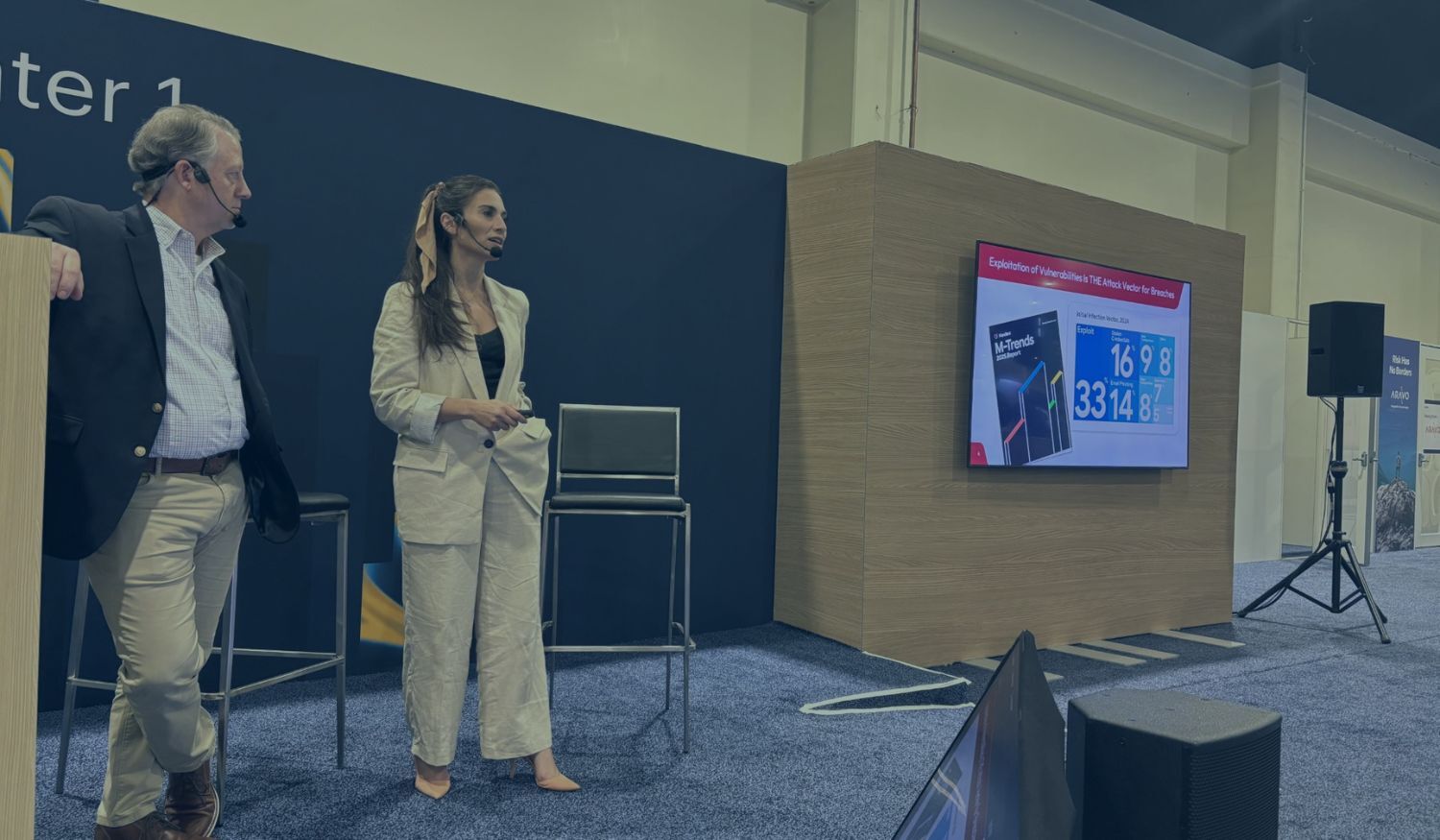The Future of Threat Defense = The Rise of AI Analysts
I’m going to level with you for a minute. If you're a security leader today, you’re probably dealing with a noisy house, which means the telemetry is off the charts.
I think it’s hard to argue that it’s not a bit of a mess out there. We’re in mid-2025, and we've already blown past 1,700 publicly reported breaches, which is more than a 5% jump from last year. We're seeing massive credential dumps, with healthcare being hit relentlessly and millions of records exposed, and the usual suspects, such as ransomware and supply chain attacks, continuing to survive and thrive.
Is AI Fueling the Fire?
Again, can we argue that your threat surface is wider than ever? If not, then we can, with increasing credibility, attribute a significant portion of that to AI being weaponized by the bad guys. Reports from 2025 are showing that AI is enabling more sophisticated and personalized phishing, making malware more adaptive, and generally lowering the bar for cybercriminals. The cybersecurity Magic 8 Ball shows “outlook not good,” with the changing nature of attacks resulting in longer detection times and higher costs for these “so-called” AI-specific breaches. All this external noise, the constant stream of new vulnerabilities, the exfiltrated data hitting the dark web, the evolving TTPs of threat actors, now supercharged by AI, is all contributing to a much noisier house for your security teams. How exhausted and overwhelmed are your SOC analysts, from probably sifting through more alerts, more false positives, and more indicators of compromise? How hard is it becoming to spot the real threats that are lurking behind massive logs of vulnerabilities and pending risks?
I’m willing to bet you’ve got threat intel feeds, SIEM rules, EDR alerts, vulnerability scanners, CSPMs, DLPs, and more, yet still, you’re worried that attacks will slip through. Why? Because our castles are most likely made of disconnected controls. You’re paying for detection. But I assume what we all really want is mitigation.
So let’s talk about where we’ve been, where we are, and, more importantly, where we need to go.
Why Risk Needs a Rosetta Stone
The promise of detection tooling was context. But context without coordination is chaos.
You may know what vulnerabilities exist, but do you know if they’re exploitable, if they’re reachable, if your existing defenses are capable of blocking them, and what your team can actually do about them? This is what it means to translate risk into threats. What are the real, imminent, operational threats?
This is our view of where the market is headed. Away from more alerts, and toward actual mitigated threats, suppressed noise, and reduced response time. The methodology matters less than the outcome, and that’s where Gartner’s June 2025 report “Cybersecurity Mesh Architecture 3.0” comes in.
From Mesh to Mission Control
Gartner's CSMA 3.0 framework introduces a modern, composable architecture that shifts the focus from alert aggregation to real-time, context-aware threat operations. Think of it as a “brain” or command layer.
Yes, you’re getting another acronym thrown at you. AI can’t solve that problem yet. However, if you can get past the letters, CSMA is a strategy for making disconnected security tools finally act as one brain. At its heart is this: unify and normalize the data, simulate what could go wrong, and trigger a defense before it does.
The mesh isn’t just about interconnecting tools. It’s about making those tools speak the same language, interoperate, and respond in unison. The heart of CSMA is the decision fabric. It pulls normalized signals from your stack, correlates them with adversarial modeling, creates a digital twin of your environment, simulates outcomes, and activates mitigation strategies across your deployed controls.
This marks the beginning of a preemptive defense strategy. But it’s not enough to have a mesh or even a digital twin. Though the operational brain is of utmost importance, what we need next are the outcome deliverers. Not another tool telling what's wrong. We need AI that fixes it as we sleep. This is the dream, right? Moving from detection to preemptive defense and autonomous mitigation.
Enter the AI Analyst: Built from Agents and Orchestration
Today’s MDRs give you detection and triage, but once again, who can truly argue that tomorrow isn’t bringing AI analysts that assess, simulate, and act alongside your team? We think of this as AI-native threat defense, sans the human escalations.
These AI Analysts will be role-specific, domain-trained systems designed to handle core threat operations in real time, continuously.
Let’s break this down into three analyst types that could define the Tier 1-Tier 3 SOC optimization
- Threat Assessment Analyst: Ingests telemetry, maps exposures, correlates exploitability, evaluates compensating controls, and flags what matters. This is your virtual Tier 1–2, augmentation, and the goal is up to 95% alert reduction via false positive suppression
- Threat Hunting Analyst: Actively simulates adversarial paths using digital twins, uncovers stealth threats, and identifies pre-breach indicators across the mesh. The goal here would be 60% fewer reachable paths after the first 30 days
- Threat Response Analyst: Executes control validation, recommends rule and policy changes, and orchestrates mitigations using the mesh’s response hooks (SIEM, XDR, firewall, IAM, etc.). You should be expecting 5-minute mitigations with auto-tuned SIEM/EDR rules
These analysts work as co-operators. It must be made very clear that no one should be building or selling AI to replace your team. They should, however, replace the muckwork your team hates, like correlation logic, deduplication, control tuning, false positive sifting, and orchestrating fixes across multiple consoles.
Marketing Hype or Reality? Where AI Agents Sit Today
Though we aren’t in the “buy five agents and call it a day” kind of market … yet. AI agents are available today, just cross the threshold of “exploratory.” We just don’t look at them as a SKU; more as a shift. What we should evaluate is use case coverage and operational lift:
- How many threats did we detect that mattered?
- How many were mitigated before escalation?
- How much noise was eliminated?
- How much analyst time was saved?
- How much more effective are our existing tools?
I have a feeling that MDR replacements will be the first big market motion here. MDRs were a necessary crutch. AI Analysts are how you start walking again, with precision, autonomy, and full context. The goals are to augment SOC capabilities and replace the need for outsourced detection by embedding AI analysts directly into your security team.
What is The Next Phase of Threat Defense?
It’s dynamic, AI-driven threat operations. A system that doesn’t just tell you where you’re exposed, but simulates how you could be breached, and then acts before it happens. That’s where everything converges:
- A cybersecurity mesh that unifies signals and mitigations.
- A digital twin that simulates adversaries before they strike.
- AI agents that analyze, decide, and act across the stack.
- An orchestration layer that converts risk into resolved action.
- A team that focuses on strategy, not console fatigue.
And at the center of it all? You and your team. The security leaders and practitioners who recognize that modern defense isn’t about reacting faster anymore, it’s about not having to react at all.
Share this
You May Also Like
These Related Stories

The AI Phishing Threat: Rethinking Cybersecurity in the Age of Generative Attacks

The Attack Surface You Didn’t Consider: Security Tools


